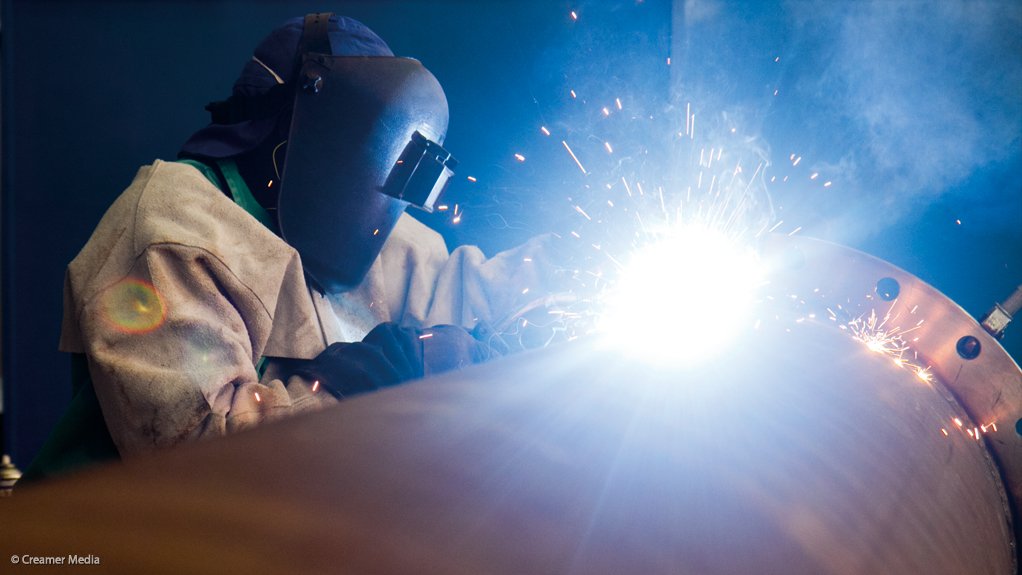There are fresh fears about the outlook for South Africa’s embattled manufacturing sector and for economic growth more generally after the Barclays Purchasing Managers Index (PMI) dropped a significant 6.2 index points to 46.3 in August.
“The magnitude of the drop is somewhat surprising, after the PMI managed to remain above the neutral 50-point mark during the preceding five months,” the compilers of the index said on Thursday.
The decline was driven by a steep fall in the new sales orders index to 42.5, down from 54.4 in July, and a second straight monthly decline in the business activity index to 44.8, down from 49.5 in July and 54.3 in June.
The Steel and Engineering Industries Federation of Southern Africa (Seifsa) said it was concerned about the deepening level of distress in the sector following the release of “alarming” data.
Seifsa chief economist Henk Langenhoven said the steeper decline indicated a further delay in any possible metals and engineering sector revival.
He explained that the PMI, which leads production in the sector by 12 to 18 months, declined by 10% on a month ago, as against 8% during July in the previous month.
“This confidence index is also 10% lower now than during August 2015,” he said.
Langenhoven added that these prevailing uncertainties in the metals and engineering market may very well result in inaction from companies.
“Weak domestic and export demand, coupled with the 2016 year-end period closing in, further contributes to the possibility of weak activity for the rest of the year,” he pointed out.
Despite the two major indices now being well below the 50-point mark, most respondents indicated that sales orders and output levels were unchanged, compared with the previous month, rather than down.
“This suggests that activity may be largely flat compared to July, instead of sharply lower,” Barclays said.
Further, it highlighted that, despite the big drop in the headline PMI, there were some encouraging signs that the deterioration may have been temporary.
The employment index remained just above 50, which could suggest that purchasing managers expected activity to pick up again and, in anticipation of this, kept employment levels steady.
Purchasing managers were also the most optimistic about expected business conditions in about a year. The index measuring expected business conditions in six months’ time rose to 61.5 index points from 55.4 previously.
The second consecutive decline in the price index was also welcomed by manufacturers, while the stronger rand exchange rate in the first three weeks of the month, and the hefty fuel price decline at the start of the month, were likely to have contributed to slower cost increases. However, renewed rand weakness in the final week of August means that upward cost pressure could return in coming months.
Investec economist Kamilla Kaplan pointed out that, notwithstanding the drop in the PMI, the release of growth domestic product (GDP) for the second quarter, next week, is expected to reflect a modest rebound in the manufacturing sector from the first quarter. “Based on the latest PMI reading, the positive momentum could have waned in the third quarter, with GDP growth forecast to essentially stagnate at 0.2% year-on-year,” she added.
Edited by: Samantha Herbst
Creamer Media Deputy Editor
EMAIL THIS ARTICLE SAVE THIS ARTICLE
To subscribe email subscriptions@creamermedia.co.za or click here
To advertise email advertising@creamermedia.co.za or click here













